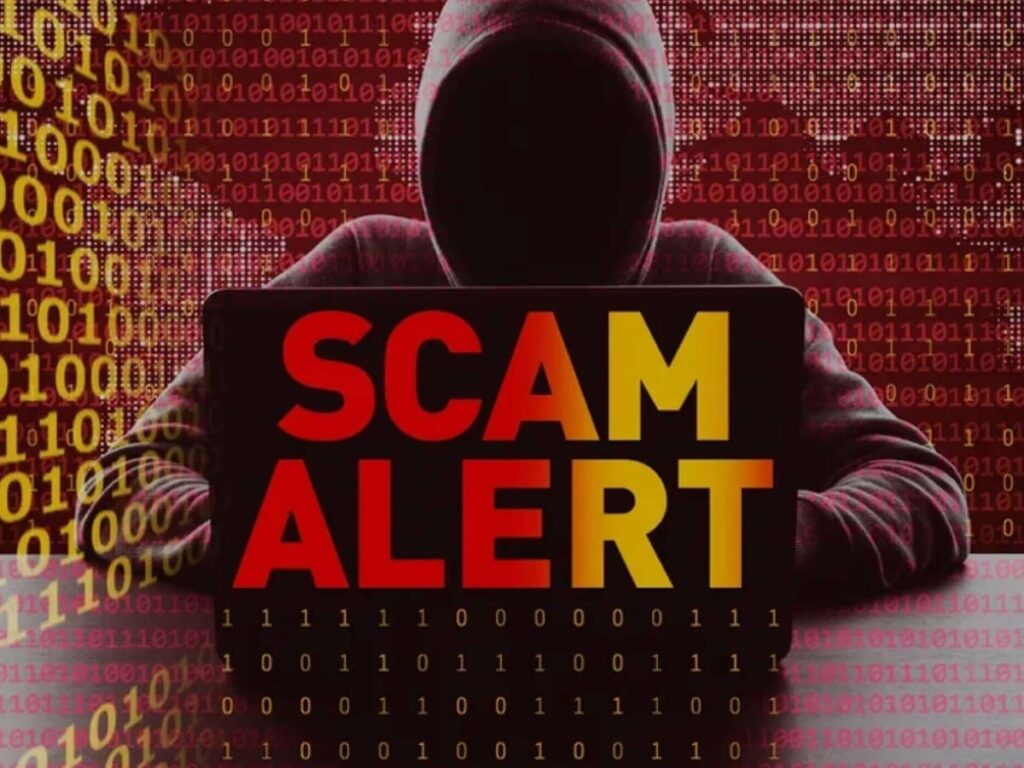In recent times, phishing scams have become increasingly prevalent, taking on more sophisticated forms that can deceive even the most discerning users. Hackers are now leveraging the trustworthy reputation of well-known companies like Microsoft to lure victims into their traps. This article delves into the various tactics employed by cybercriminals, the impact of these scams, and how individuals can protect themselves from falling prey.
Understanding Microsoft Phishing Scams
Phishing scams involve fraudulent attempts to obtain sensitive information from individuals by pretending to be a reputable source. In the case of Microsoft phishing scams, hackers craft emails and messages that appear to come from Microsoft, often using official logos and language that seem legitimate.
Common Tactics Used in Microsoft Phishing Scams
- Email Spoofing: Hackers often create emails that appear to be from Microsoft, using similar email addresses to trick users.
- Urgent Security Alerts: Many scams revolve around fake security warnings that prompt users to click on links to “secure” their accounts.
- Malicious Attachments: Some phishing emails include attachments that, when opened, can install malware or viruses on the user’s device.
- Fake Login Pages: Cybercriminals often design replica Microsoft login pages, convincing users to enter their credentials.
The Impact of Phishing Scams
The repercussions of falling victim to phishing scams can be severe. Personal information may be stolen, leading to identity theft, financial loss, and unauthorized access to accounts. The broader implications can also affect organizational security, resulting in data breaches and loss of customer trust.
Statistics on Phishing Scams
| Year | Reported Phishing Incidents | % Growth from Previous Year |
|---|---|---|
| 2020 | 200,000 | N/A |
| 2021 | 300,000 | 50% |
| 2022 | 450,000 | 50% |
| 2023 | 600,000 | 33% |
How to Protect Yourself from Microsoft Phishing Scams
To mitigate the risk of falling victim to phishing scams, individuals should adopt several best practices:
- Verify the Sender: Always check the email address of the sender. Look for any discrepancies in the domain.
- Be Cautious with Links: Hover over links before clicking to see the actual URL. Avoid clicking on suspicious links.
- Keep Software Updated: Regularly update software and antivirus programs to protect against the latest threats.
- Educate Yourself: Stay informed about the latest phishing tactics and scams targeting users.
Conclusion
Microsoft phishing scams represent a significant threat in the digital landscape, exploiting the trust users place in recognizable brands. By understanding the tactics used by attackers and implementing protective measures, individuals and organizations can safeguard their sensitive information and reduce the risk of falling victim to these sophisticated scams. Awareness and vigilance are crucial in the ongoing battle against cybercrime.
